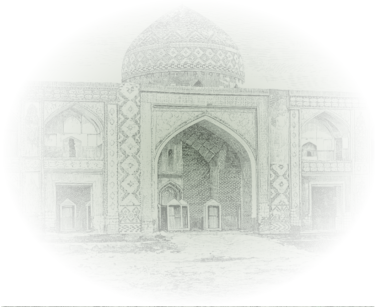Ayisasi is a village in the Sharur-Daralayaz uezd of the former Iravan governorate, later in the former Keshishkend (Yeghegnadzor) district. The provincial centre lies 17 km to the northeast of the town of Keshishkend, and at a height of 2,000 m above sea level. The works of Armenian authors mention the name of the village as “Ayses”, “Aysayi”, “Aysasi”. The village has been referred to since the 9th century.
The village was solely inhabited by Azerbaijanis: 219 in 1873, 313 in 1886, 311 in 1897, 412 in 1904, 453 in 1914, 336 Azerbaijanis in 1916. In 1918 the Azerbaijanis were deported having been exposed to Armenian aggression and the surviving inhabitants of the village managed to return to their ancestral land only following the establishment of Soviet power in the present-day Armenian territory. The village was solely inhabited by Azerbaijanis: 254 in 1922, 184 in 1926, 288 in 1931, 326 in 1939, 232 in 1959, 353 Azerbaijanis in 1979. In 1988 the inhabitants of the village were deported by the state of Armenia. At present, only Armenians live in the village. The Alban church, other historical monuments related to Turkic life (the cross rocks) going back to the 7th, 10th and 11th centuries remain in the village even at present.
The toponym was coined by combining the word “ayi” used in the sense of “a beast” and the word “sas/sasi” used in Turkic in the sense of “swamp”, “smelly”, “wet”, “humid”.
By the decree of the Presidium of the Supreme Soviet of the Armenian SSR dated 10 September 1946, the village was renamed “Gizilgul”, and by the decree of the Presidium of the Supreme Soviet of the Armenian SSR dated 3 April 1991, it was further renamed “Arates”. According to the law “On the administrative-territorial division of the Republic of Armenia” dated 7 November 1995, it was integrated into the administrative area of the Vayots Dzor province.
Geographic coordinates: latitude: 39°54’ N., longitude: 45°26’ E.
